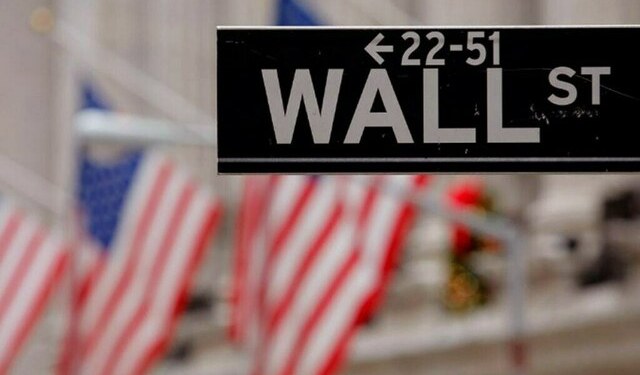By Karen Brettell
(Reuters) – A recent surge in short-term bank funding costs is raising concerns that higher U.S. borrowing rates, if they persist, could tighten financial conditions, potentially reducing how aggressively the Federal Reserve may raise rates.
The three-month London interbank offered rate (Libor)
That spread has only traded at current levels on a few other occasions including in 2016 when money market reforms dramatically reduced demand for short-dated bank debt, in 2011 on concerns about European bank exposures to risky sovereign debt and during the financial crisis of 2007-2009.
Market participants are grappling with whether the Libor rise is temporary due to a surge in issuance of short-dated government debt and falling demand for short-dated bank debt, or if it reflects a new normal.
“The key is if this persists,” said George Goncalves, head of fixed income strategy – Americas at Nomura in New York. “I think this would start to play a role in bank investment decisions if it doesn’t come back down. If it stays sticky, it also has the risk of taking away one of the Fed hikes too.”
Market participants are adjusting to the possibility of four rate increases this year as inflation rises, which is up from previous expectations of three hikes.
The U.S. central bank aims to guide monetary conditions through the federal funds rate, which is the overnight lending rate between depository institutions.
A rise in Libor, however, can also tighten conditions by making it more costly to obtain dollar-based funding.
Foreign banks are the most reliant on short-dated Libor-based funding.
U.S. dollar Libor underpins around $150 trillion in derivatives as well more than $6 trillion in syndicated and corporate loans and commercial mortgages.
To some, the jump in Libor is not so far a major concern.
“We think that this is less fundamental than it is technical,” said Peter Yi, director of short duration fixed income at Northern Trust (NASDAQ:) Asset Management in Chicago. “Right now there’s a couple of dynamics that are playing out both on the supply side and the demand side of Libor.”
Libor remains significantly below levels it reached during the worst of the financial crisis, when the spread between Libor and OIS blew past 300 basis points. It is currently around 40 basis points, but is typically less than 20 basis points.
“Unless it gets to levels we saw during the credit crisis, where there is a dramatic tightening across the board with an expectation that tightening would hit Main Street as well, we don’t think it’s going to be much of an impact to things like monetary policy right now,” Yi said.
Analysts say the tax overhaul passed by the U.S. Congress in December is leading companies to reduce investments in short-dated debt as they prepare to return cash stored overseas to the U.S.
That decline in investment could continue to create stresses across short-dated fixed income markets.
“Financial markets are losing one of the biggest providers of funding in the front-end,” analysts at Bank of America Merrill Lynch (NYSE:) said in a recent report. “It seems impossible to overestimate the importance of this story and we are seeing the effects already in a number of ways.”
Regulators including Fed Chairman Jerome Powell are seeking to reduce markets reliance on Libor due to the decline in loans backing the rate.
Source: Investing.com




























